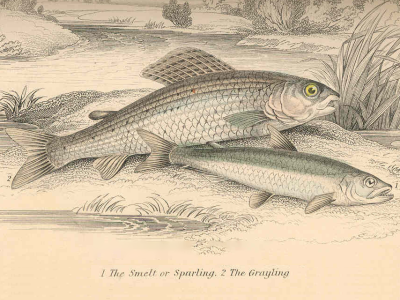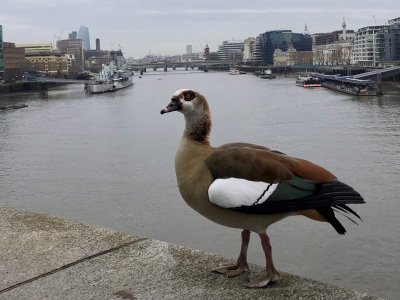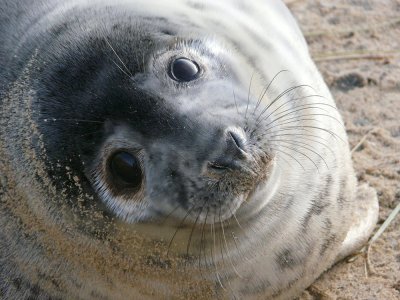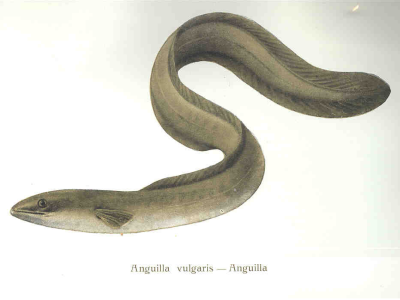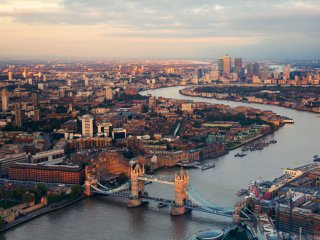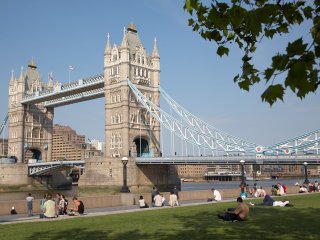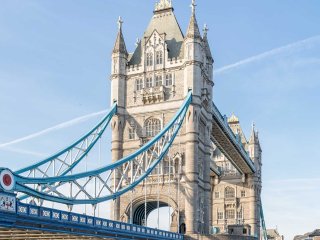In the murky depths of the River Thames, below Tower Bridge, lies an often unseen world of wildlife and ecological magnificence. However, this has not always been the case.
Pollution in the Thames
From the 1880s until the late 1950s, the so-called Pool of London proudly proclaimed its position as the largest port in the world. It also reclaimed the title of the most polluted, and by the 1950s, the river was declared 'biologically dead'.
Fortunately that is now a thing of the past. Since the decline of the Port of London over the following decade, passionate conservators, sewerage improvements and industrial governance have seen the ancient waterway flourish once again.
